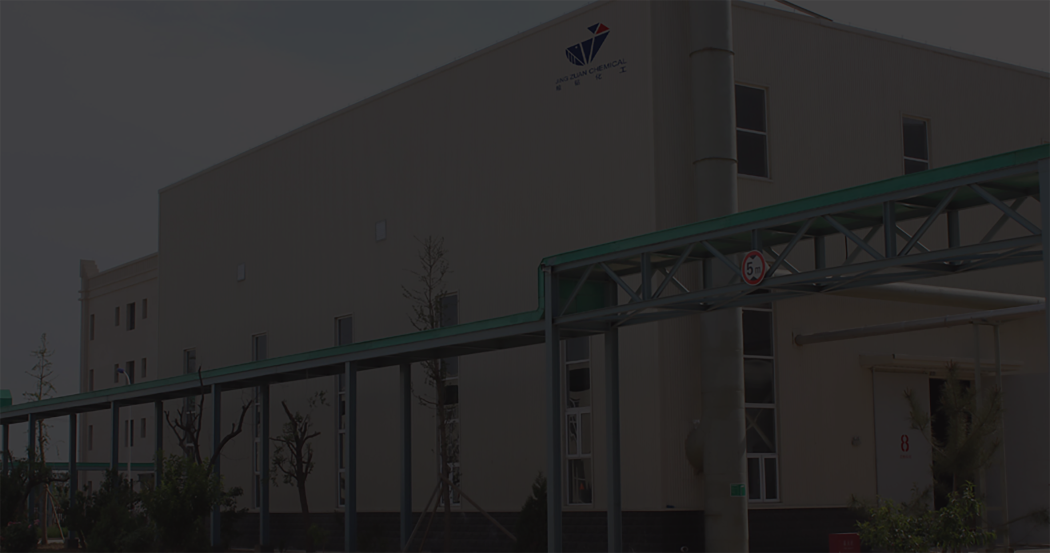
ಆಗಸ್ಟ್ . 05, 2024 14:12 Back to list
Understanding the Production Process of Redispersible Polymer Powders in Construction Applications
The Manufacturing Process of Redispersible Polymer Powders
Redispersible Polymer Powders (RDPs) are a crucial component in various applications, particularly in the construction and building materials industries. These powders are dry, water-soluble polymers that can be redispersed in water to form a homogeneous solution. This property of RDPs allows for improved adhesion, flexibility, and deformability in various applications, including tile adhesives, renders, and mortar. The manufacturing process of redispersible polymer powders is a complex interplay of technology, chemistry, and engineering, ensuring that the final product meets the specifications required by end-users.
The Manufacturing Process of Redispersible Polymer Powders
Once the emulsion is produced, the next phase involves the spray drying process. This is a critical step in transforming the liquid emulsion into a dry powder form. The emulsion is pumped through a nozzle into a hot air chamber, where it is atomized into fine droplets. As these droplets enter the hot air, they rapidly lose moisture and solidify into polymer particles. The temperature and airflow in the spray drying chamber are meticulously controlled to ensure that the particles attain the desired size and morphology. The resulting redispersible polymer powder is fine and free-flowing, which is essential for easy handling and application.
redispersible polymer powder manufacturing process

After the spray drying process, the powder is subjected to a series of quality control tests to ensure it meets the required specifications. This includes analyzing the particle size distribution, bulk density, and solubility. The quality control phase is vital as it ensures consistency in product performance, which is crucial for construction applications where reliability is paramount.
In addition to quality control, the packaging and storage of redispersible polymer powders play an integral role in maintaining their performance characteristics. These powders are hygroscopic, meaning they can absorb moisture from the environment. Therefore, they should be packaged in moisture-resistant materials and stored in a dry environment to prevent agglomeration and maintain their flowability. Proper storage conditions are essential to ensure that the polymer powders remain effective when used in construction applications.
The versatility of redispersible polymer powders is evident in their wide range of applications. They are commonly used in dry-mix mortars, which are manufactured by blending aggregates, binders, and RDPs. When mixed with water at the job site, the RDPs redispersed and contribute to the performance of the final product. Other applications include cement-based products, adhesive formulations, and even in the paint and coatings industry.
In conclusion, the manufacturing process of redispersible polymer powders involves several critical stages—from the selection of the right polymer emulsion to the meticulous spray drying and quality control processes. The careful management of these stages ensures that the final product exhibits the desirable properties required for its varied applications. As the demand for high-performance construction materials continues to grow, the role of RDPs in improving the performance and durability of building materials will remain significant, highlighting the importance of ongoing advancements in their manufacturing processes.
-
What is HPMC?
NewsJun.06,2025
-
Understanding Redispersible Powder: The Future of Construction Materials
NewsJun.06,2025
-
Understanding RDP Powder: The Ultimate Solution for Your Construction Needs
NewsJun.06,2025
-
Pure HPMC: The Ideal Solution for Modern Construction and Building Materials
NewsJun.06,2025
-
Methyl Hydroxyethyl Cellulose: A Versatile Chemical Compound
NewsJun.06,2025
-
Hydroxyethyl Cellulose Power: The Essential Chemical for Various Industries
NewsJun.06,2025







